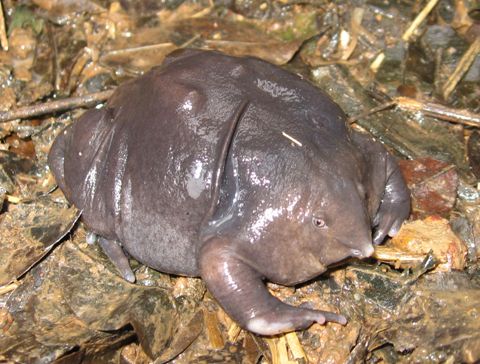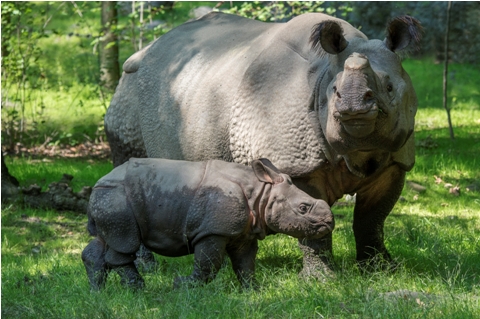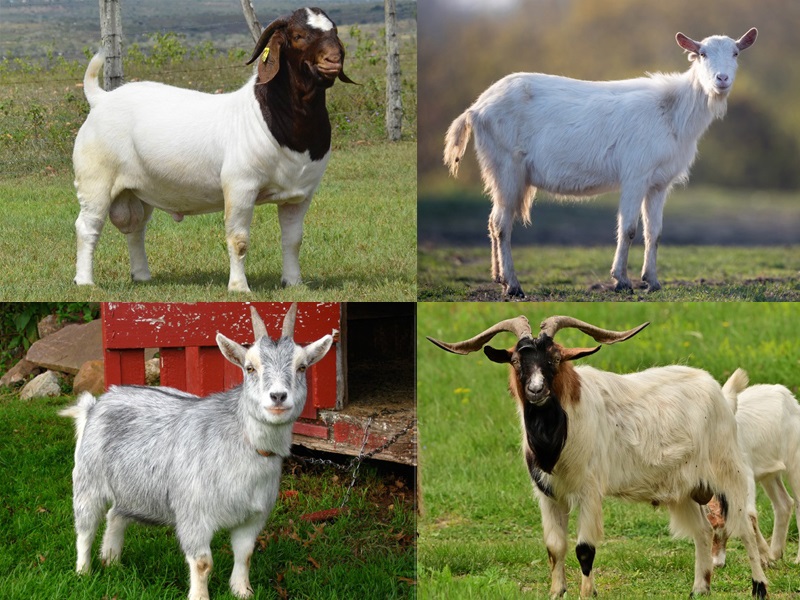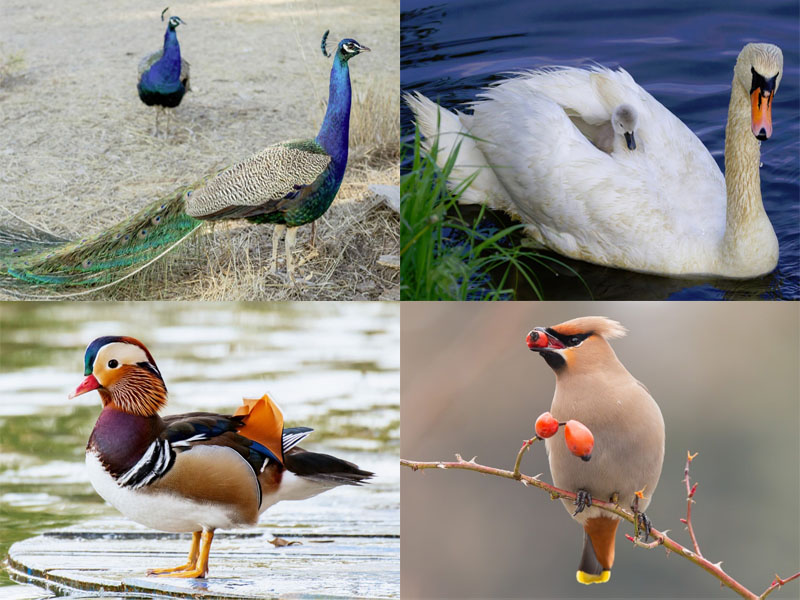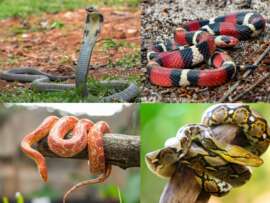India used to be the habitat for several species of wildlife. Amongst the most well-known of them were the Asiatic Lion, The Royal Bengal Tigers, The Asiatic Cheetah, and several other birds. However, owing to human activities and increased poaching and killing of animals by the poachers for their horns, or their skin or even their teeth or hooves, has to lead to lowering their numbers. Sometimes many species move out of their natural habitat for the need of food and also due to gradual contamination of the lands with the pollution that they are habituated to live in. It can also happen when there are floods or there are other natural calamities or the slow increase of the saltiness of the water.
There can be several factors which are natural and often affect a kind of a species largely. Nowadays there are several factories and housing that has increased. The factories are mainly polluting the river waters which have lead to killing various types of aquatic fishes or other animals. These have also destroyed the natural riverside habitats for several varieties of frogs and other reptiles.
17 Beautiful Pictures of Endangered Animals:
Here are some shortlist of endangered wild animals in India 2023
Below are the lists of the top 9 animals that are listed as endangered species in the Indian subcontinent.
1. The Nilgiri Tahr: A species of mountain goat found in the southern Western Ghats of India. It is endangered due to habitat loss and hunting.
2. The Lion-tailed Macaque: A primate found in the Western Ghats of India. Its population is declining due to habitat loss and fragmentation.
3. The Indian Wild Ass: A subspecies of the wild ass found in the arid regions of India. Its population is declining due to hunting and habitat loss.
4. The Pygmy Hog: A small pig species found in Assam. It is critically endangered due to habitat loss and hunting.
5. The Malabar Large-spotted Civet: A carnivorous mammal found in the Western Ghats of India. It is critically endangered due to habitat loss and poaching.
6. The Hoolock Gibbon: A primate found in the northeastern states of India. Its population is declining due to habitat loss and hunting.
7. The Indian Pangolin: A scaly mammal found in the forests of India. It is critically endangered due to hunting and illegal trade in its scales.
8. The Hangul (Kashmir Stag): A deer species found in the Kashmir Valley. Its population is declining due to habitat loss, hunting, and disturbance.
9. The Royal Bengal Tiger:
The Royal Bengal tigers, which are popularly found in the state of Bengal at the saltwater reserve, are among the most well-known endangered species. There are only a few hundred of them remaining. Due to the excessive population in the saltwater estuary regions, increased poaching activities, and an increase in the water level, the tigers have been forced to leave their jungle habitats and have started moving into nearby villages, where they are often killed or captured by animal traders. Many of these tigers are killed for their teeth or skin. Despite the government’s increased regulations on poaching, these measures have only slightly improved the conditions because the tiger population is still decreasing.
10. The Great Asiatic Lion:
The Great Asiatic Lion is a large cat species native to the Indian subcontinent, and the only population of this species is currently found in the Gir Forest National Park in Gujarat, India. They are listed as an endangered species due to habitat loss, poaching, and human-wildlife conflict. Efforts are being made to conserve and increase their population through measures such as habitat restoration and anti-poaching activities.
11. The Snow Leopard:
The Snow Leopard is one of many endangered animal species that face threats to their survival. Endangered animals, like the Snow Leopard, are those whose population is at risk of becoming extinct due to various factors such as habitat loss, poaching, and climate change. It is important to conserve these species as they play a crucial role in maintaining a balanced ecosystem. Additionally, conservation efforts can have positive impacts on local communities and their economies through eco-tourism and sustainable practices. By protecting and restoring the habitats of endangered animals, enforcing anti-poaching measures, and promoting awareness about conservation, we can help ensure the survival of these important species.
Read: List of Bird Sanctuaries in India
12. The Purple Frog:
The Purple Frog is a unique and lesser-known endangered species native to the Western Ghats in India. They spend most of their lives underground and only emerge for a brief period each year to mate. Due to habitat loss, pollution, and other factors, the population of Purple Frogs has declined significantly. The Purple Frog is just one of many endangered animal species facing threats to their survival.
13. The Dhole (Indian Wild Dog):
The Dhole, also known as the Asiatic Wild Dog, is an endangered species native to South and Southeast Asia. They are highly social animals that live in packs and play an important role in maintaining the balance of their ecosystems. These are now only found in the Bengal forests, Gujarat, Kashmir, Madhya Pradesh, and in the Nilgiri Reserves.
14. Red Panda:
The Red Panda is a small arboreal mammal that is native to the Himalayas and southwestern China, and it is classified as an endangered species by the IUCN.
15. Indian Rhinoceros:
The Indian Rhinoceros, also known as the greater one-horned rhinoceros, is a large herbivorous mammal that is native to the Indian subcontinent. While this species was once on the brink of extinction, conservation efforts have led to an increase in its population, and it is currently classified as a vulnerable species by the IUCN.
16. Kala Hiran:
Kala Hiran or Black Buck are now only found in the Guindy National park of Tamil Nadu, some parts of Chilka Lake or Odhisa, Haryana and Gujarat. Punjab now lists this as their national animal to save this species from extinction.
17. Gharial:
The Gharial is a species of crocodilian that is native to the Indian subcontinent, and it is classified as a critically endangered species by the IUCN.
In conclusion, India is home to a diverse array of wildlife, many of which are endangered and at risk of extinction due to habitat loss, poaching, and other human activities. From the majestic Bengal Tiger to the diminutive Pygmy Hog, there are many species that require urgent conservation efforts in order to ensure their survival for future generations.






